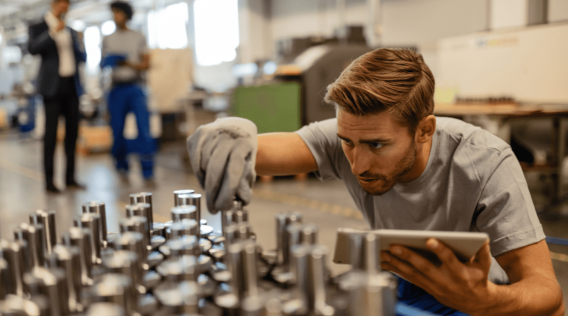Introduction:
Aluminum casting molds play a crucial role in the manufacturing industry. They are used to produce a wide range of products, from automotive and aerospace components to household appliances and consumer goods. In order to ensure the highest quality of aluminum castings, it is essential to create molds with precision and efficiency. This guide will provide step-by-step instructions and tips on how to achieve this.
1. Designing the Mold:
The first step in creating a quality aluminum casting mold is designing it. This involves determining the shape and dimensions of the desired casting and designing the mold accordingly. It is important to consider factors such as draft angles, wall thickness, and parting lines during the design process. Using computer-aided design (CAD) software can greatly aid in the design process and help ensure accuracy.
2. Selecting the Right Materials:
Choosing the right materials for the mold is crucial for achieving precision and efficiency. Aluminum alloys, such as H13, are commonly used for mold bases due to their high strength and heat resistance. For the mold cavity, materials with good thermal conductivity, such as copper alloys or beryllium copper, are preferred. These materials help in dissipating heat quickly, leading to faster cooling and reduced cycle times.
3. Machining the Mold:
Once the mold design is finalized and the materials are selected, the next step is machining the mold. Computer numerical control (CNC) machining is commonly used in the industry for its accuracy and efficiency. CNC machines can accurately shape the mold cavity and create the necessary features, such as cooling channels and ejector pins. Proper machining techniques, such as using sharp cutting tools and maintaining appropriate cutting speeds, should be followed to ensure precision.
4. Heat Treatment:
Heat treatment is an essential step in the mold manufacturing process. It helps to improve the hardness and strength of the mold, making it more durable and resistant to wear. The most common heat treatment method for aluminum casting molds is the solution heat treatment followed by aging. This process involves heating the mold to a specific temperature and then cooling it rapidly. Proper heat treatment can significantly enhance the performance and longevity of the mold.
5. Surface Treatment:
Surface treatment of the mold is important for achieving smooth and defect-free castings. A process called mold texturing is commonly used to create the desired surface finish on the mold cavity. This can be achieved through techniques such as EDM (electrical discharge machining) or chemical etching. The choice of texturing method depends on the desired surface finish and the complexity of the mold design.
6. Mold Assembly and Trial Run:
After the individual components of the mold are machined and treated, they need to be assembled. Care should be taken to ensure proper alignment and tight fit of the mold components. Once the mold assembly is complete, a trial run should be conducted to check for any issues or defects. This involves injecting molten aluminum into the mold and examining the resulting castings for any defects, such as porosity or shrinkage.

7. Maintenance and Servicing:
Regular maintenance and servicing of the mold are essential for its longevity and optimal performance. This includes cleaning the mold after each casting run, inspecting for any damage or wear, and repairing or replacing any worn-out components. Proper lubrication of moving parts and regular monitoring of the mold’s temperature and pressure during casting are also important for ensuring consistent quality.
Conclusion:
Creating quality aluminum casting molds requires precision, careful planning, and adherence to best practices. By following the steps outlined in this guide, manufacturers can achieve molds that produce high-quality castings with efficiency and accuracy. Investing in the design, materials, machining, heat treatment, and maintenance of molds is crucial for the success of any aluminum casting operation.
-

- OEM high pressure die casting magnesium alloy frame for bicycle
-

- Custom-made thixomolding parts UAV components with CNC machining &surface treatment
-

- Magnesium Aluminum Alloy Children Bike 3-8 Years Old Cheap Hot Sale 14 Inch Children Bicycle FOREVER Wholesale 2022
-

- Magnesium alloy Thixomolding power batter housing
-

- OEM Die casting manufacturer produce magnesium alloy wheel for kids push bike
-

- Ultralight suspension fork for MTB

 0086-750-5616188
0086-750-5616188 +86 13392089688
+86 13392089688 sales@zhongmei-tech.com
sales@zhongmei-tech.com







